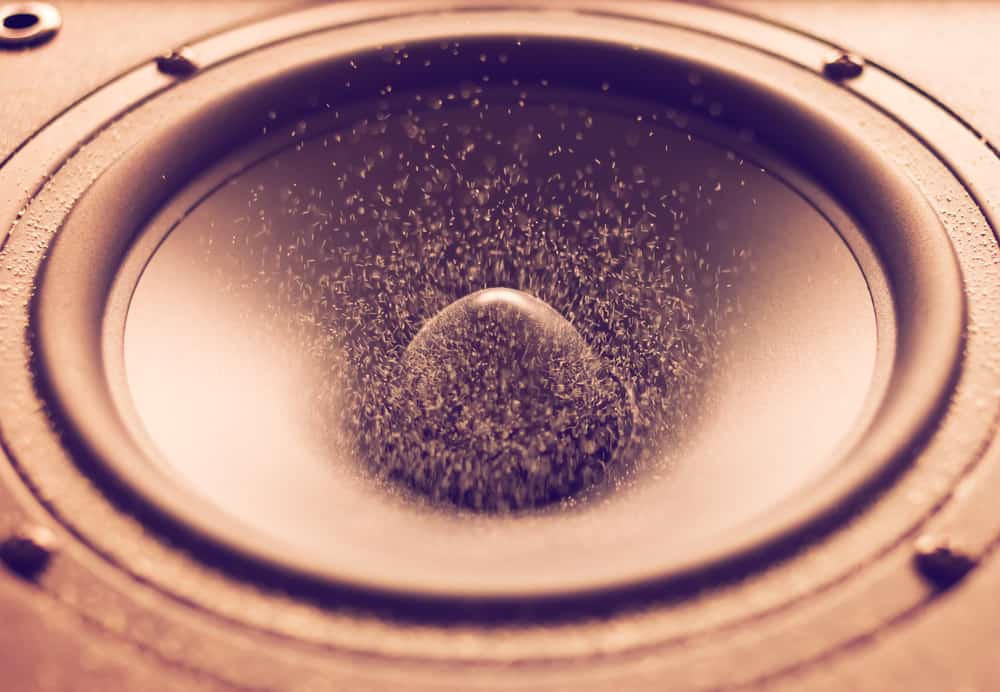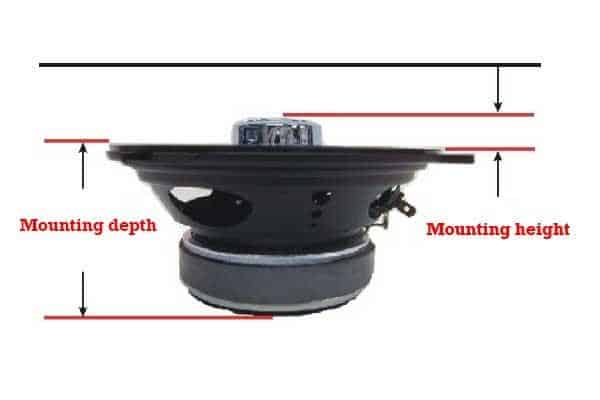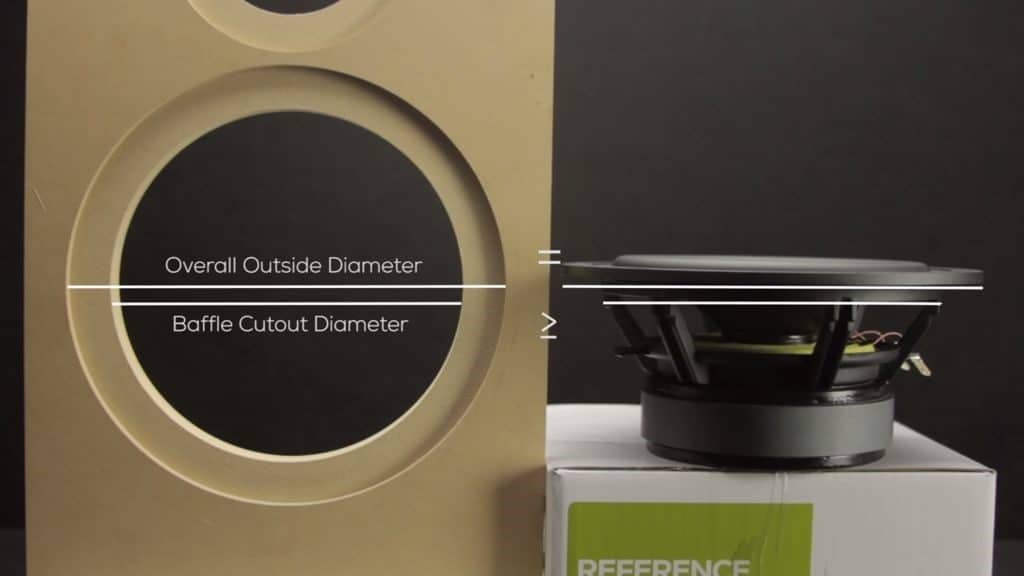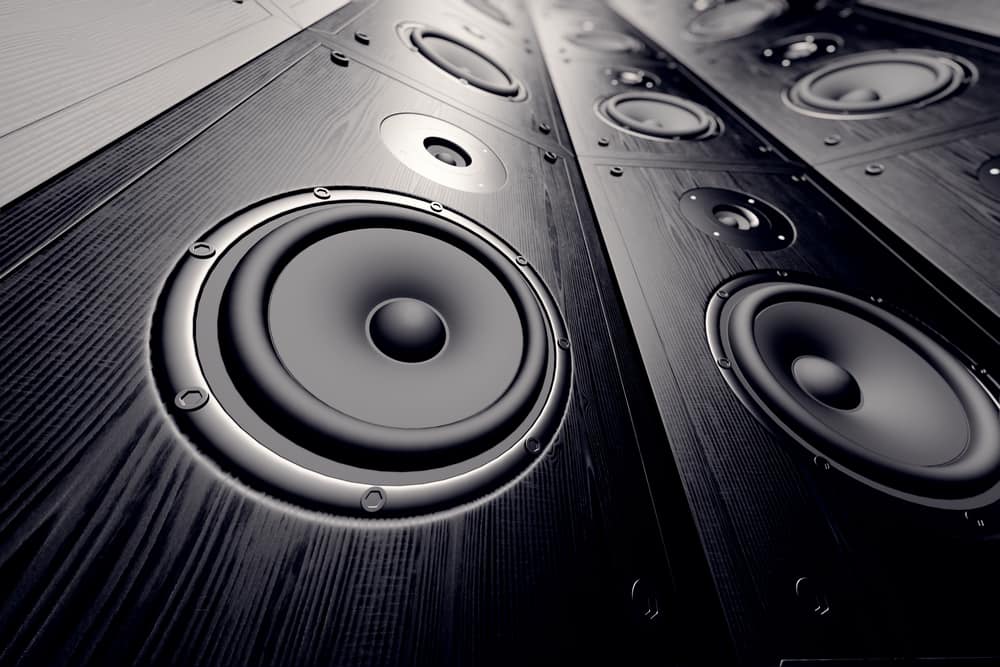Over the years, just like any electronic device, a subwoofer will stop working due to accumulated wear and tear. On average, a good subwoofer from a known brand like Sony will last for more than a decade if maintained well. You can get more or fewer years depending on a lot of factors. Eventually, your sub will die out and what would be left is the subwoofer enclosure which is still good.
Recycling a subwoofer enclosure seems like an easy task. After all, in theory, you’re just going to replace what was once inside your enclosure. That would be easier if you’re shopping for a subwoofer on physical stores, just show your old speaker and the staff will help you. However, that is not the case when you’re buying your replacement part online, which has cheaper options. You also need to consider if is it still worth getting the same model as your old subwoofer or it’s time to look for something else.
This article will feature the things that you need to know when it comes to finding your subwoofer replacement. What is the right way to measure a sub? And what are the important measurements that you need to make in order to find a compatible successor? Is it really worth recycling your old subwoofer box? Read on to find out more.
Why You Should Know Subwoofer Sizes?

Knowing the right size of the subwoofer will mainly help you with two things. First, you’ll be able to know beforehand if a prospective replacement will be compatible with your car. Second, you’ll be sure that the purchase you made is not wasted just because the measurement is not right and the speaker won’t fit in your enclosure.
Soundwoofer can range from 6.5” to 18”. The most common sizes are 10” and 12”, but you can find more variations in stores. Take note that the speaker sizes are not the same as the manufacturer’s size. These measurements are generalized, with the actual amount being smaller or bigger by a couple of inches. Then, should you trust the manufacturer’s measurement?
The thing is, what’s being measured is the diameter of the speaker itself and not the diameter of the whole driver. You can use the manufacturer’s speaker measurement as a form of “universal measurement”. If you tell other audio enthusiasts that your woofer is 10” or 12”, they will not know the specific size of your driver, but they will know the range.
How To Measure a Subwoofer If You Already Have An Enclosure
1. Diameter
The diameter is the size of the whole subwoofer you’re facing the driver. This is the size of the circle that you usually see upfront. Notice that in most subwoofers and speakers, there are four screws around the speaker. To get the diameter, you should measure the distance between a screw and its opposite. That measurement is the flat diameter or the overall outside diameter.
2. Mounting Height And Mounting Depth
The mounting height and the mounting debt can be explained easily by using the iceberg meme as an example. If you put the woofer in the table with the driver facing upward, you can see that the subwoofer is divided into two parts. The lower side of the sub is the Mounting Depth, which is an important thing to consider in choosing a sub-replacement. If the enclosure cannot accommodate the mounting depth, the sub would either fall into the enclosure or will be stuck on it.

From BeatSkart
Meanwhile, the Mounting Height is the exposed part of the subwoofer when its already installed in an enclosure. This is the part from the Baffle Cutout Diameter to the very edge of the subwoofer. This is also an important measurement because if it’s not measured properly, the subwoofer might wobble or fall off completely, which can cause damage.
3. Baffle Cutout Diameter
The Baffle Cutout Diameter is the measurement of the line that divides the mounting height and mounting depth. To make sure that the subwoofer replacement will have a snug fit, the baffle cutout diameter should be the same as the diameter of the hole in the enclosure.

Source: https://youtu.be/UYWmR6wR6xs
Factors To Consider When Buying A Replacement Subwoofer
- Is The Enclosure Hole Recessed?
The hole in the enclosure is recessed if it contains two diameters: a smaller one (that should be equal to the Baffle cutout diameter) and the larger one (that should be equal to the overall outside diameter of the speaker. If the hole is not recessed, the only important factor is that the caffle cutout diameter should be more than or equal to the size of the hole in the enclosure.
- Cabinet Size And Speaker Shape
If the overall diameter of the enclosure hole and the subwoofer matches, but the mounting debt is bigger or smaller than the cabinet size, it would still not be a perfect match. The cabinet size must be big enough to enclose the whole mounting depth of the subwoofer. Take note of the speaker size, which is quite different in most subs. A rectangular speaker should be installed in an enclosure with a rectangular hole. This also goes to other speaker shapes.
- Impedance
Impedance is the measurement of the load value that the subwoofer or speaker sends to the amp. It usually measures at 2ohm, 4ohm, or 8ohm using an ohmmeter. The subwoofer replacement should have the same load as the amplifier to make it work.
Source: https://knowledge.sonicelectronix.com/subwoofer-buying-guide/
https://www.instructables.com/id/How-to-Measure-for-a-Replacement-Speaker/
Conclusion
Part replacements in subwoofers have a lot of factors to consider. If you did not check both the enclosure and the sub measurement before buying, you would likely have two parts that won’t fit, and thus, a regrettable purchase. Thanks for reading this article. Share it with your friends and leave a comment if you have more questions.
Related Topic: A Free Way On How To Make A Subwoofer Box Louder
